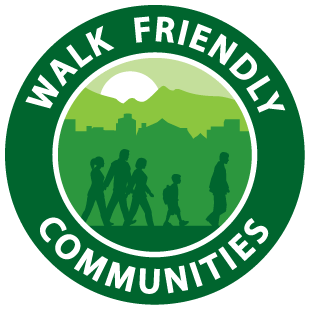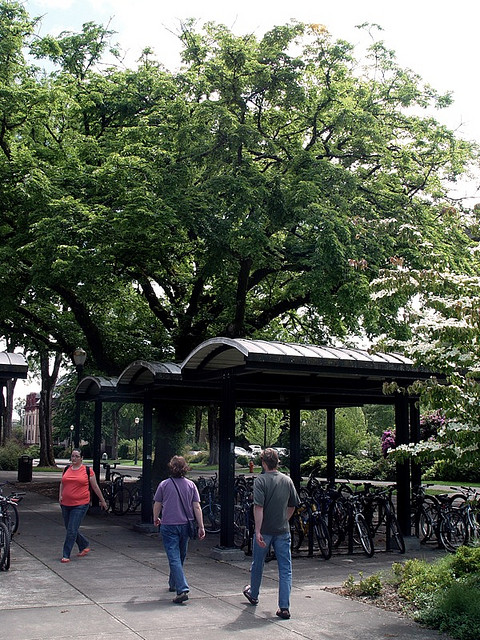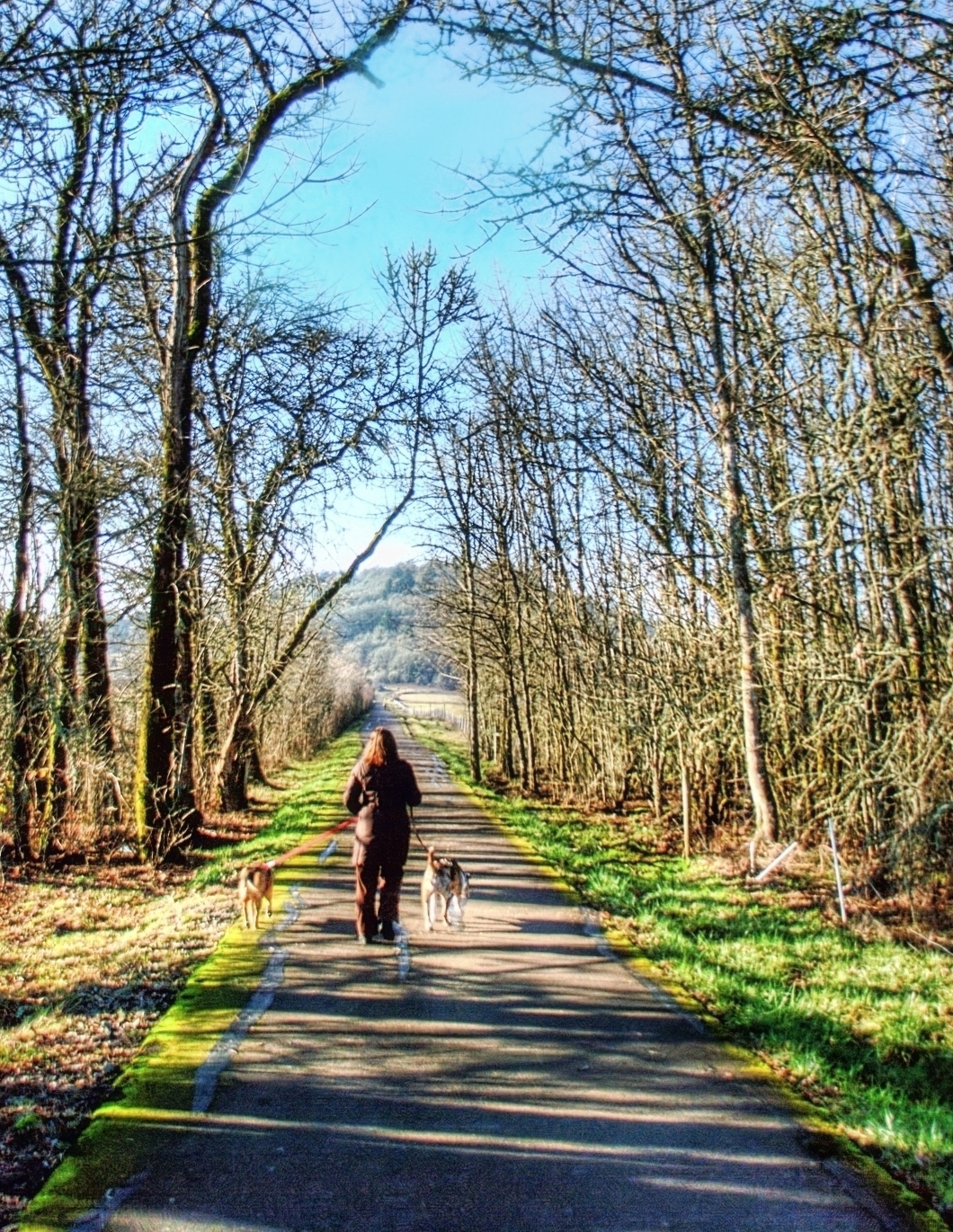Community Highlights
Corvallis is designated as a Gold-level community due to the city’s outstanding planning practices, strong support and engagement from the city’s leadership, and long history of providing a pedestrian-friendly environment. Highlights of Corvallis‘ application include:
- By supporting a full-time active transportation specialist, Corvallis has demonstrated its commitment to pedestrian transportation. Dedicated citizens, such as members of the Bicycle and Pedestrian Advisory Board, Access Benton County advocacy group, Corvallis Safe Routes to School Committee, the Corvallis Sustainability Coalition’s Transportation Action Team, all contribute to the implementation of pedestrian projects, supplemented by extensive public input.
- The success of Corvallis’s infrastructure and programs is apparent through its impressively high mode share and low pedestrian crash rate. In 2020, the Corvallis City Council formally adopted a Vision Zero resolution and placed special emphasis on the already high proportion of residents who walk and bike to work.
- The Police Department conducts annual crosswalk enforcement in the fall. Officers, acting as decoys, attempt to cross a street and educate and/or ticket motorists (and occasionally bicyclists) for violations of pedestrian ordinances.
- City transportation officials coordinate two citywide, multi-modal encouragement events annually. Get There Corvallis occurs in May and the statewide Get There Oregon Challenge takes place in October. The City of Corvallis, in partnership with the Corvallis Bicycle Collective, held its first Open Streets event in August of 2017. Open Streets Corvallis is now an annual festival that re-imagines our most shared public spaces, streets, and parks as places where people want to walk, bike, and play. The event is held in a different neighborhood each year, with more than a mile of city streets closed to vehicular traffic. Over 2,000 people and 64 organizations participated in the 2019 Open Streets event. The city also coordinates two multi-model encouragement events, Get There Corvallis and Get There Oregon.
- Corvallis has a strong Safe Routes to School program with a large percentage of schools participating in Walk to School Day, monthly school walking events, walking school buses, and student safety patrol. The Corvallis School District collects data through student travel tally forms, parent surveys, and monthly walking event participation to track the number of children walking to school.
- Corvallis has an extensive pedestrian signal system that is very accessible. With audible pedestrian signals installed at all of the intersections outside of the Central Business District and ADA-compliant ramps on all corners of all signalized intersections, those physically and visually impaired can walk with much more ease throughout the community. From 2016 to 2021, the City of Corvallis has either constructed new or reconstructed 294 ADA-compliant ramps with tactile warning systems. These ramps allow necessary access for those who have disabilities but also benefit all pedestrians, regardless of if they have a disability.
- In response to the COVID-19 pandemic, Active Travel Corridors (ATC), a brand-new transportation network that has been in Corvallis for decades emerged. ATCs are neighborhood shortcuts for people walking, rolling, and biking. They are comfortable, people-only paths that connect streets to parks, schools, and other streets, shortening trips for people traveling by active travel modes. Residents responded in droves through a map-based app, identifying 95 ATCs and over 6 miles worth of connections.



